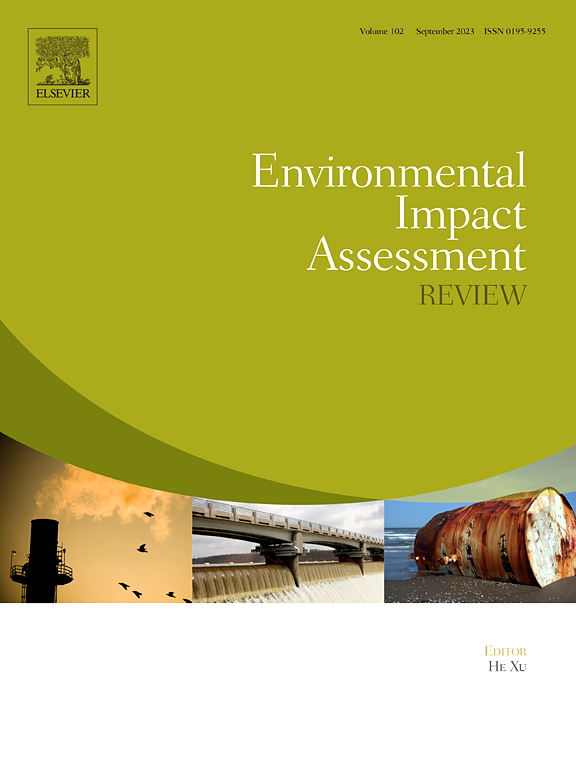重新思考半边缘:中国对全球价值链和环境的影响
IF 9.8
1区 社会学
Q1 ENVIRONMENTAL STUDIES
引用次数: 0
摘要
应对全球变暖的紧迫性要求迅速减少碳排放,这一目标越来越多地通过与全球价值链(GVCs)的合作来实现。本文研究了一国参与全球价值链及其对全球经济和环境格局的影响之间的复杂相互作用。采用基于全球多区域投入产出模型和反事实分析的新型评估框架,我们分析了一国参与全球价值链对全球经济和环境结果的影响。我们的分析框架考虑到各国之间价格水平和生产结构的差异,并跟踪全球网络中除了最终需求之外的中间投入。借鉴世界体系理论,我们以中国这个半边缘国家为例,探讨动态的全球价值链参与如何加剧或缓解国家与全球经济和环境目标之间的紧张关系。我们的研究结果表明,中国的全球价值链参与一直在发展。1995年至2022年,中国持续为全球碳减排做出贡献。然而,自2015年以来,中国参与全球价值链的影响出现了明显分化,对其他国家产生了六种不同的影响模式。有证据表明,中国正在向半外围/核心混合地位过渡。本文章由计算机程序翻译,如有差异,请以英文原文为准。

Rethinking the semi-periphery: China's impact on global value chains and environment
The urgency of addressing global warming necessitates rapid carbon emission reductions, a goal increasingly pursued through engagement with global value chains (GVCs). This paper investigates the complex interplay between a country's GVC participation and its impact on the global economic and environmental landscape. Employing a novel assessment framework grounded in a global multi-regional input-output model and counterfactual analysis, we analyze the effects of one country's GVC engagement on global economic and environmental outcomes. Our analytical framework accommodates inter-country differences in price levels and production structures, and it tracks intermediate inputs besides final demands in the global network. Drawing on the world-systems theory, we utilize China—a semi-peripheral nation—as a case study to explore how dynamic GVC participation can exacerbate or alleviate the tension between national and global economic and environmental goals. Our findings demonstrate that China's GVC engagement has been evolving. From 1995 to 2022, China consistently contributed to the reduction in global carbon emissions. Since 2015, however, the impacts of China's GVC participation have diverged considerably, yielding six distinct impact patterns on other countries. The evidence suggests that China is undergoing a transition towards a hybrid semi-peripheral/core status.
求助全文
通过发布文献求助,成功后即可免费获取论文全文。
去求助
来源期刊

Environmental Impact Assessment Review
ENVIRONMENTAL STUDIES-
CiteScore
12.60
自引率
10.10%
发文量
200
审稿时长
33 days
期刊介绍:
Environmental Impact Assessment Review is an interdisciplinary journal that serves a global audience of practitioners, policymakers, and academics involved in assessing the environmental impact of policies, projects, processes, and products. The journal focuses on innovative theory and practice in environmental impact assessment (EIA). Papers are expected to present innovative ideas, be topical, and coherent. The journal emphasizes concepts, methods, techniques, approaches, and systems related to EIA theory and practice.
 求助内容:
求助内容: 应助结果提醒方式:
应助结果提醒方式:


